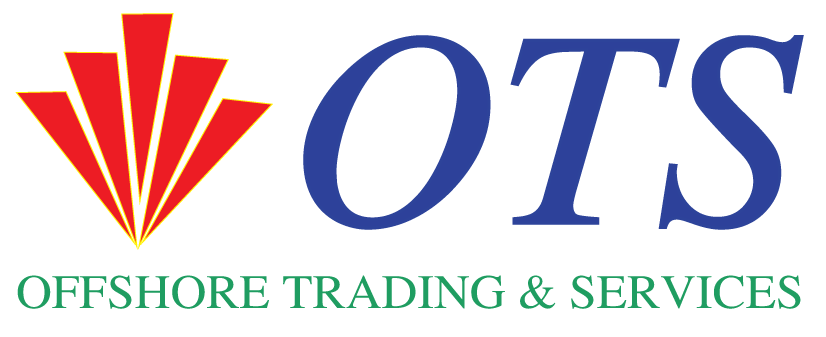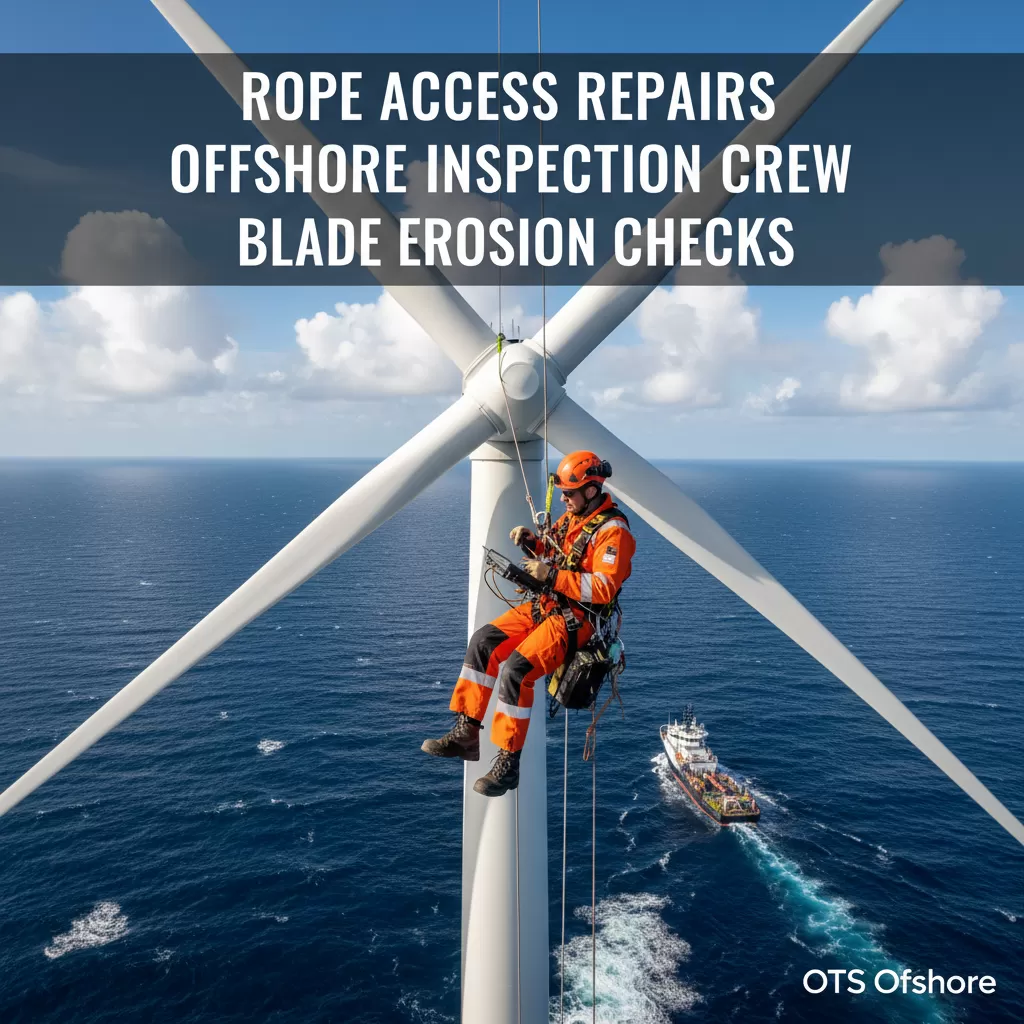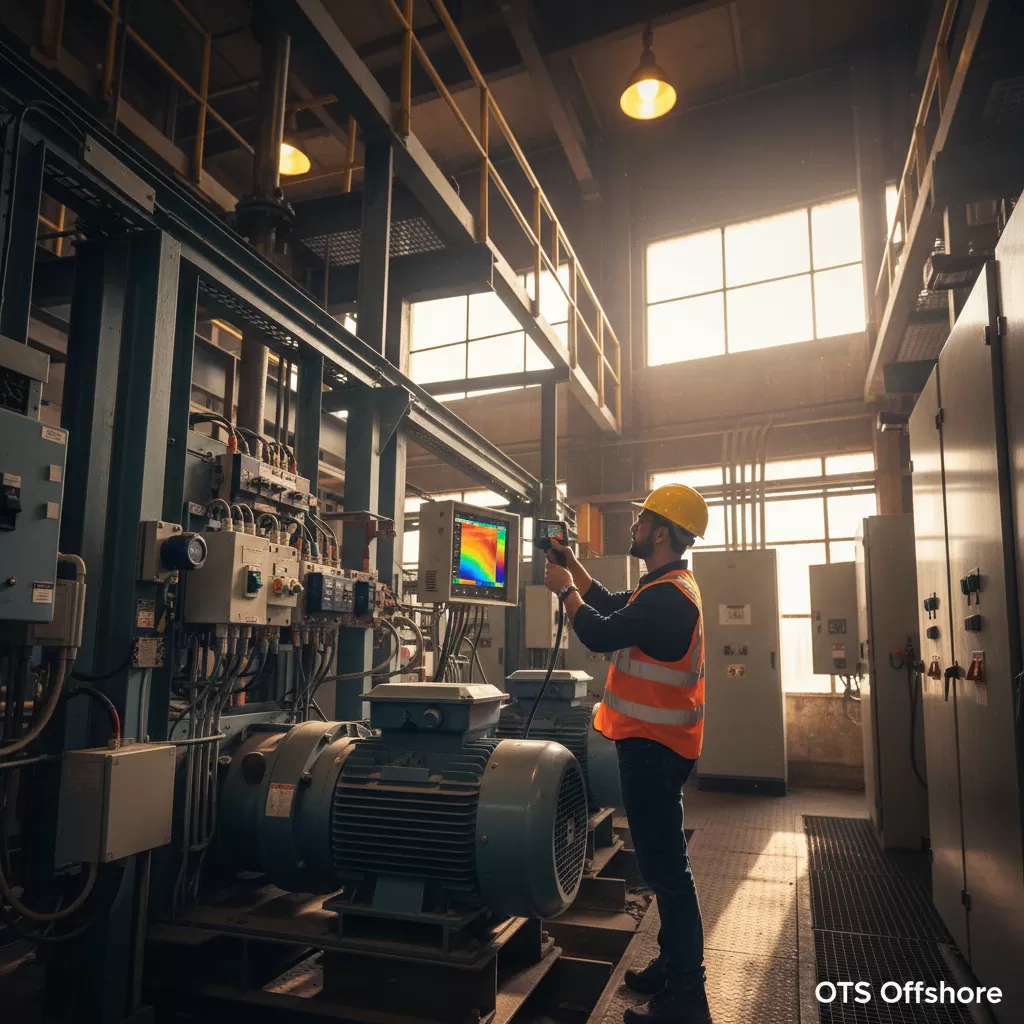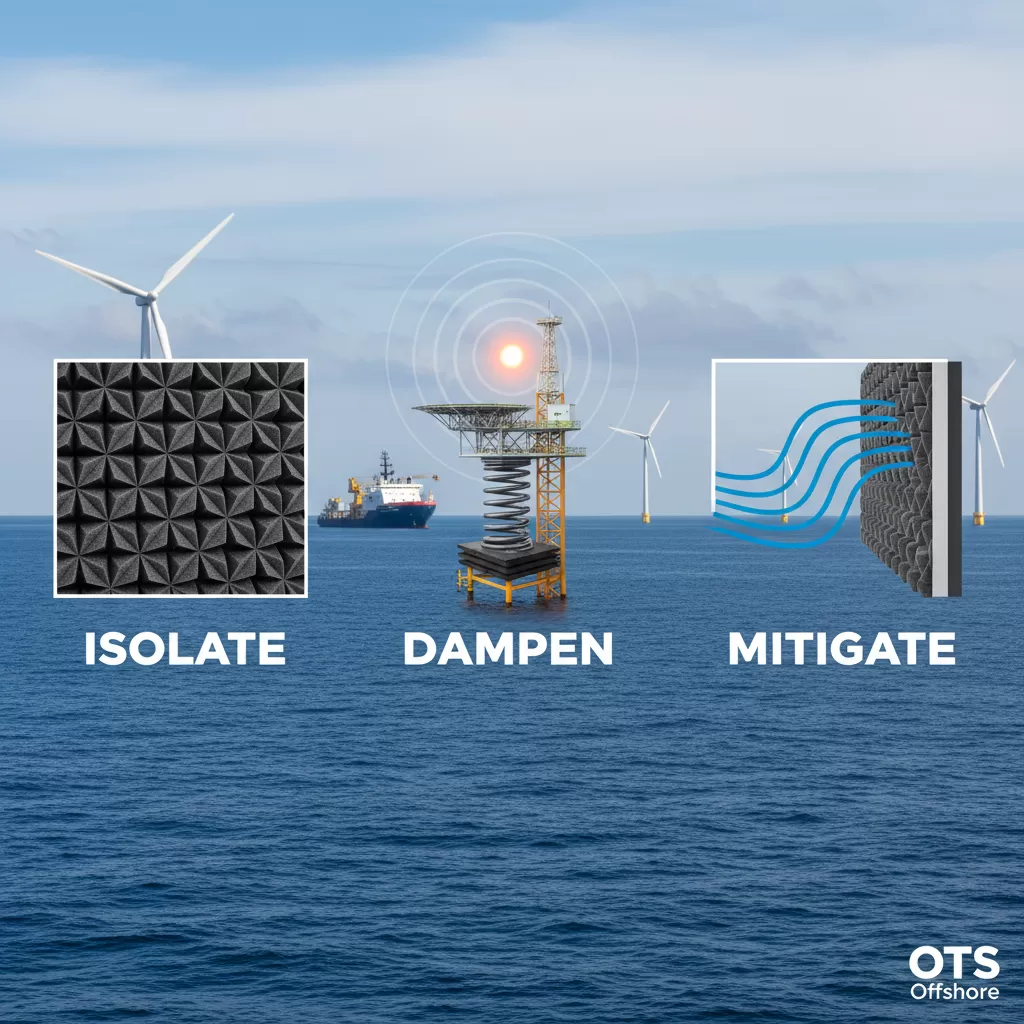1. The EU Mandate & Offshore Precision 🌝
In the demanding offshore environment, precision in geotechnical drilling is the difference between safe, compliant infrastructure—and costly delays or catastrophic failure. The EU’s Directive on Safety of Offshore Oil & Gas Operations (2013/30/EU) mandates rigorous standards to prevent accidents and protect intact marine ecosystems
For OTS Offshore, ensuring compliance with Eurocode 7 (EN 1997) for geotechnical design and EN 16228 standards for drilling equipment is non-negotiable. These requirements influence everything from rig selection to onsite safety procedures and data reporting.
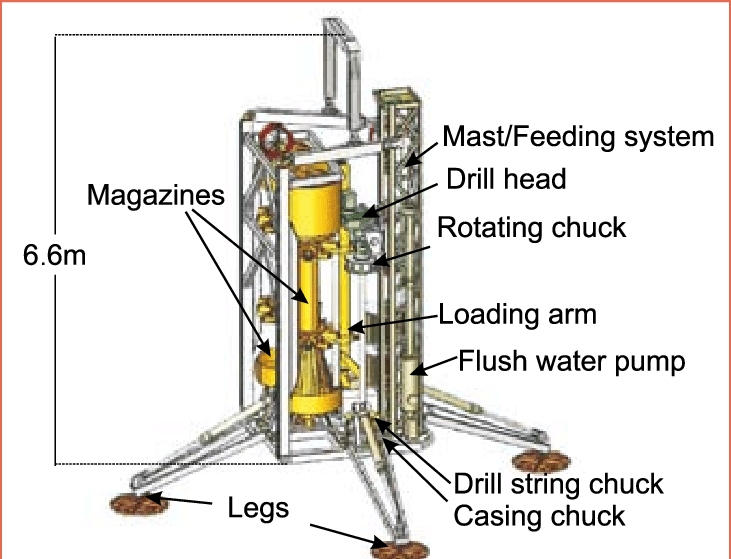
2. Why Compliance & Precision Matter
🧱 EU Safety & Environmental Compliance
-
-
Under 2013/30/EU, offshore operators must file a “Report on Major Hazards,” undergo safety reviews, and confirm financial and technical capacity
-
Drill rigs must meet EN 16228 standards—covering equipment safety, guardrails, stability, and operational controls .
-
Geotechnical design relies on Eurocode 7, the mandatory framework for assessing soil behavior and designing reliable foundations
-
⚙️ Technical Benefits
- Accurate soil profiling supports precise foundation design, reduces margin-of-error, and lowers project lifecycle risks. With offshore conditions influenced by waves, currents, and seabed variability, reliable subsurface data from CPT, SPT, and rotary coring is essential.
3. OTS’s Precision-Driven Process
Here’s how OTS Offshore aligns with EU standards to deliver precision in offshore geotechnical drilling:
3.1 Rig Selection & Mobilization
-
-
Jack‑up rigs are chosen for shallows up to ~125 m; when precision is critical, OTS opts for purpose-built frames
-
Before deployment, every rig is assessed for EN 16228 compliance with certified lift systems, stable derricks, safety relief valves, and emergency stop mechanisms—ensuring both safety and data integrity.
-
3.2 Equipment & Methodology
-
-
OTS deploys CPT/CPTu to capture continuous profiles of soil resistance and pore-pressure.
-
SPT assesses soil density and porosity.
-
Rotary coring delivers undisturbed continuous cores for lab analysis.
-
Seabed samplers (e.g., Shelby tubes, vibrocores) ensure high-fidelity sediment sampling.
-
Seismic CPT provides shear-wave velocity data crucial for dynamic design.
Tools are calibrated and maintained in-house—lab-tested in compliance with ISO TC 67 and EU equipment directives
-
3.3 In-Situ Testing
-
Real-time validation during operations is critical:
-
Zero-offset CPT ensures drilling plumbness.
-
Seismic CPT captures wave velocities for dynamic soil properties.
-
Piezocone measurements record in-situ pore-water pressures.
-
SPT N‑counts disclose variable soil resistances.
These checks guarantee test reliability and align with EN 1997‑2 ground investigation standards.
-
3.4 Lab Testing & Analysis
-
In-house labs analyze:
-
Shear strength (triaxial/consolidated tests)
-
Permeability (constant-head or falling-head)
-
Grain-size distribution & Atterberg limits
This is documented in QA/QC traceable reports tied to original sample IDs and signed by certified engineers, reinforcing Expertise and Trustworthiness.
-
3.5 Reporting & Design Recommendations
-
-
Technical reports are structured per EU formats, referencing standards like EN 1997.
-
Data visualizations include soil stratigraphy charts, CPT/SPT logs, and shear-wave plots.
-
Foundation design input (e.g., pile capacity, allowable settlement) are provided as engineering guidelines.
-
OTS supports Client’s EU contractors to ensure designs are safely integrated.
-
4. Why EU Clients Choose OTS
-
OTS Offshore stands out through:
-
Regulatory Conformance: Full alignment with 2013/30/EU, EN 16228, EN 1997.
-
In-house QA: Every stage—calibration, testing, lab work—is conducted on-site in Vũng Tàu, reducing third-party delays.
-
Technical Certification: Drill rigs and crews certified to EU and ISO benchmarks through ISO TC 67.
-
Fast-Track Reporting: Standard EU-compliant deliverables available within 3 weeks post-fieldwork.
-
Project Track Record: Case file includes North Sea wind, Mediterranean pipelines, and Asia‑EU offshore corridors.
“OTS’s CPT and SPT logs—and lab-tested shear strengths—were accepted by our EU foundation engineers and formed the baseline for monopile design.”
📈 Benefit: Fewer re-mobilization risks, lower liabilities, and faster permitting in Europe.
-
5. Visual Summary (Image Suggestions)
- Seabed drilling rig structure
- CPT log samples
- Core sampling tools in operation
- EN/ISO-certified documentation
6. References / Backlink List
- https://energy.ec.europa.eu/topics/energy-security/safety-offshore-oil-and-gas-operations_en
- https://standards.iteh.ai/catalog/standards/cen/702395fd-aa79-483e-9f17-3c2eff90f951/en-16228-7-2014a1-2021
- https://en.wikipedia.org/wiki/Eurocode_7%3A_Geotechnical_design
- https://en.wikipedia.org/wiki/Standard_penetration_test
- https://www.drillingmanual.com/offshore-drilling-rigs-types-in-oil-gas
- https://en.wikipedia.org/wiki/BS_5930
- https://www.researchgate.net/figure/Overview-of-basic-components-of-sea-floor-drill-rig-MeBo_fig3_307719110
9. Contact OTS Offshore 🌐
OTS OFFSHORE TRADING & SERVICES CO., LTD
📍 Office: 63/18A Co Giang St., Ving Tau Ward, Ho Chi Minh City, VN
🏣 Workshop: 42H, 30/4 St., Tam Thang Ward, Ho Chi Minh City, VN
📞 Phone: +84 908 52 54 74 | (0254) 354 0969
📧 Email: [email protected] | [email protected]
🌐 Web: www.ots-tl.com
